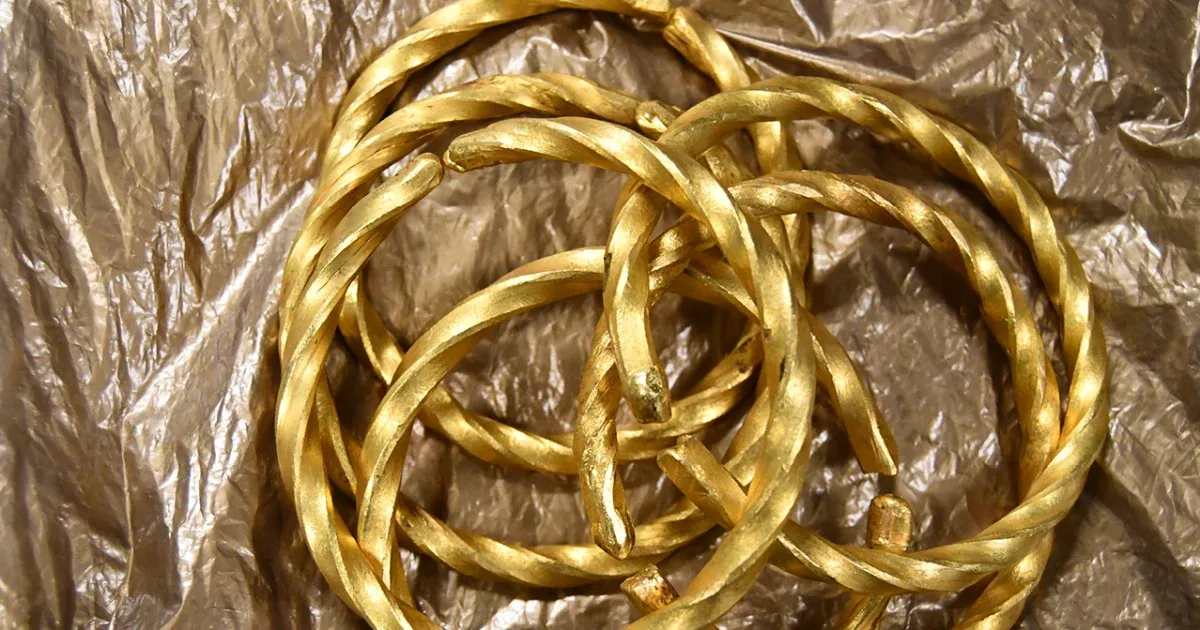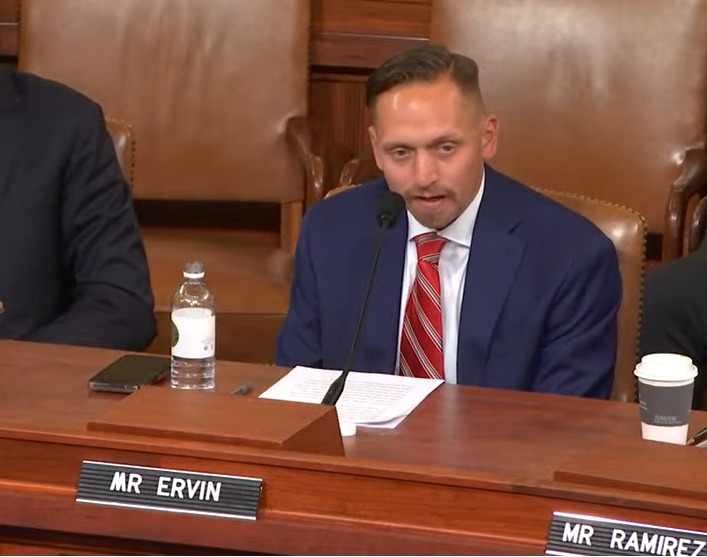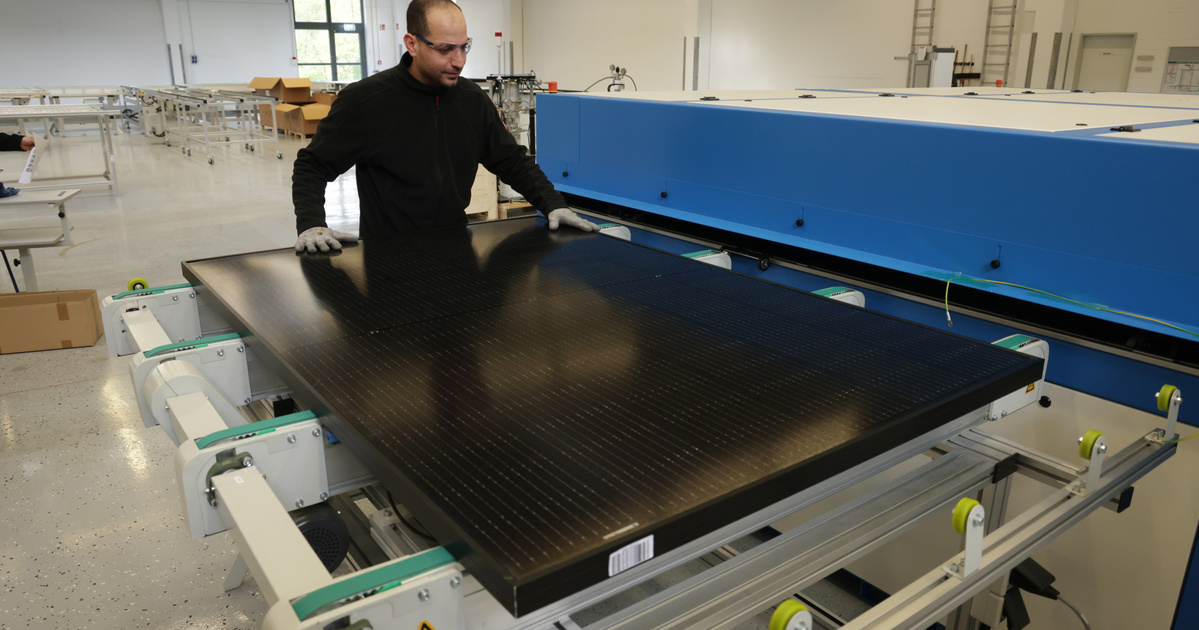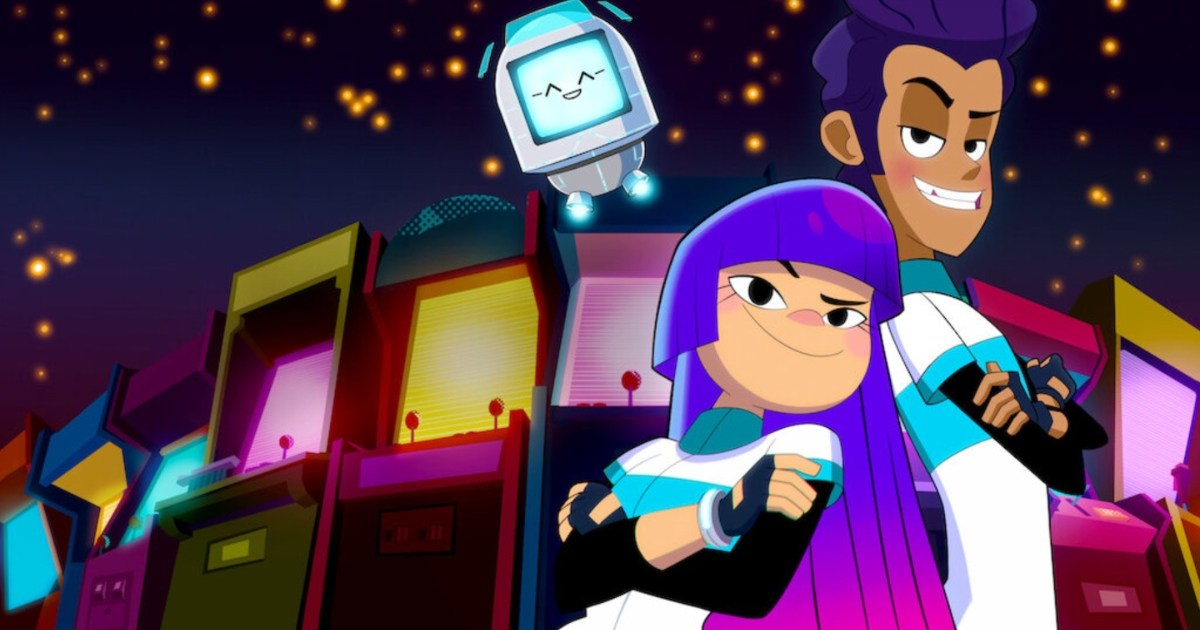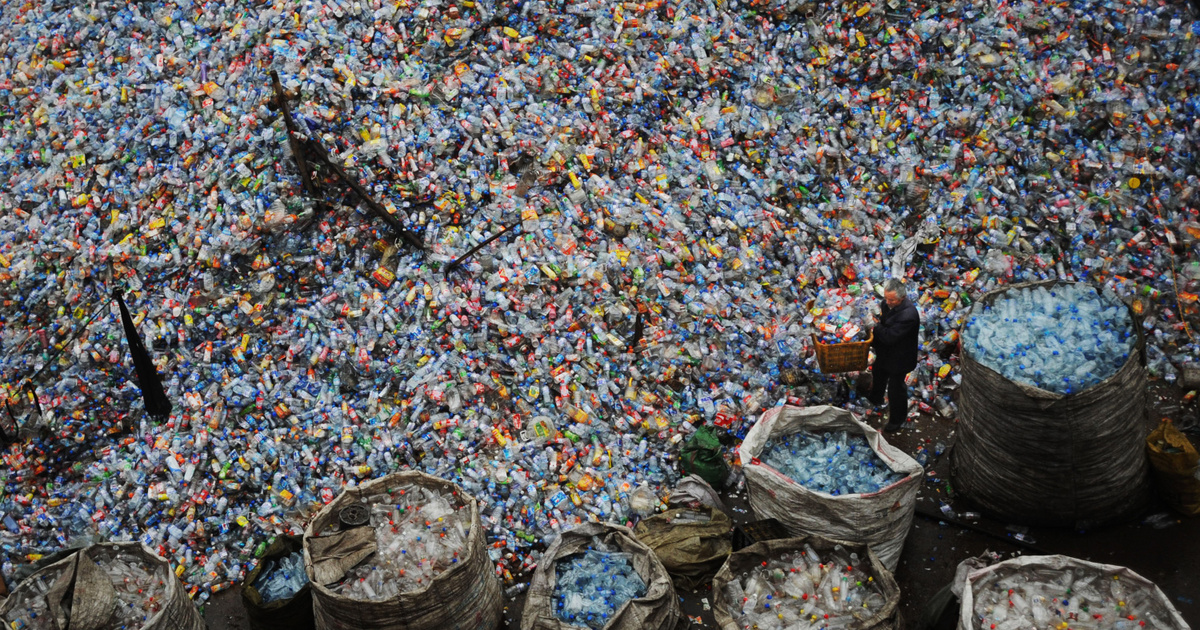It may seem strange that the original purpose of preserving the natural values was plastic. John Wesley Hyatt invented the first synthetic material in 1869. Cellulose from cotton fibers was treated with camphor to replace horn, rare turtle carapace, horn, and ivory. Vinyl was invented by Leo Bekeland in 1907, which no longer contains any natural substance. In addition, it was a good insulator, heat-resistant and easy to mass-produce.
However, these genius innovations were baked in the opposite way:
Since 1950, we have produced a total of 8.3 billion tons of various types of plastic, three-quarters of which have ended up in landfills and the environment. And they stay there, because they don’t collapse for decades or centuries. While we use nearly ten percent of the world’s total oil consumption to produce it.
Now that traditional single-use plastics have been banned, the question arises: How green is the biodegradable plastic it replaces? One Research Because no “green” plastic has been found that can completely degrade in all environments.
The giant molecular chains of plastics, polymers, are stable at room temperature, but above a certain temperature they break down into their components, monomers.
Although they are already experimenting with plastics that degrade at the touch of a button, there are actually three families of biodegradable plastics.
One popular member is PLA, which is a variety of bioplastics made from cornstarch. Its big advantage is that it can be composted and therefore biodegradable. Compostable bags also performed better in the test. They disappeared into sea water in three months. However, they remained in the ground even after 27 months, however, they could no longer bear the weight.
The situation is similar at landfill, where decomposition requires warm temperatures of at least 60 ° C. That is, their destruction requires a special environment, like composting plants on an industrial scale, and garden compost is worth nothing. There is also a problem that
How reasonable is it to use huge amounts of food to make plastics?
It can also be problematic for a while not to put biodegradable plastic in separate waste bins, as PLA mixed with conventional plastic (eg PET bottles) gives a non-recyclable mixture. It is practically impossible to sort them out in large numbers.
The other large group is oxygen-degradable plastics, which are also biodegradable but in the presence of oxygen. Sunlight and air are also needed for the materials to decompose. Therefore, if you go into a landfill where there is no more oxygen, the process will not start. In addition, a moisture content of at least 65 percent A . is required To start the decomposition process, Whereas the average content of landfills has a moisture content of only 30 percent. In addition, heavy metals (such as cobalt) are added to these materials. If they end up in large quantities in landfills, these toxic metals can be enriched.
The third family belongs to microbiologically degradable plastics. In their production, an additive is mixed, which is a lure to help microbes and bacteria, microbes
They literally eat the carbon chains of the polymers.
The process is activated in the presence, but without, of air, light and heat, depending on how deeply it reaches the landfill.
Although these new approaches appear promising at first, there are a number of issues that must be resolved for plastics made for biodegradation. For example, we do not know which technology is least harmful to the environment. One thing is for sure: We are “greenest” when we use little or no biodegradable packaging. Because even though it falls on its chops in the right environment, we only use it once.
Giving the impression that waste can be environmentally friendly.
The solution would not be to produce garbage at all, but since this is just a utopia at the moment, it would also be a good trend to use durable environmentally friendly materials.
(Cover image: China’s Plastic Mountains in 2008. Photo: China Images / Getty Images)








